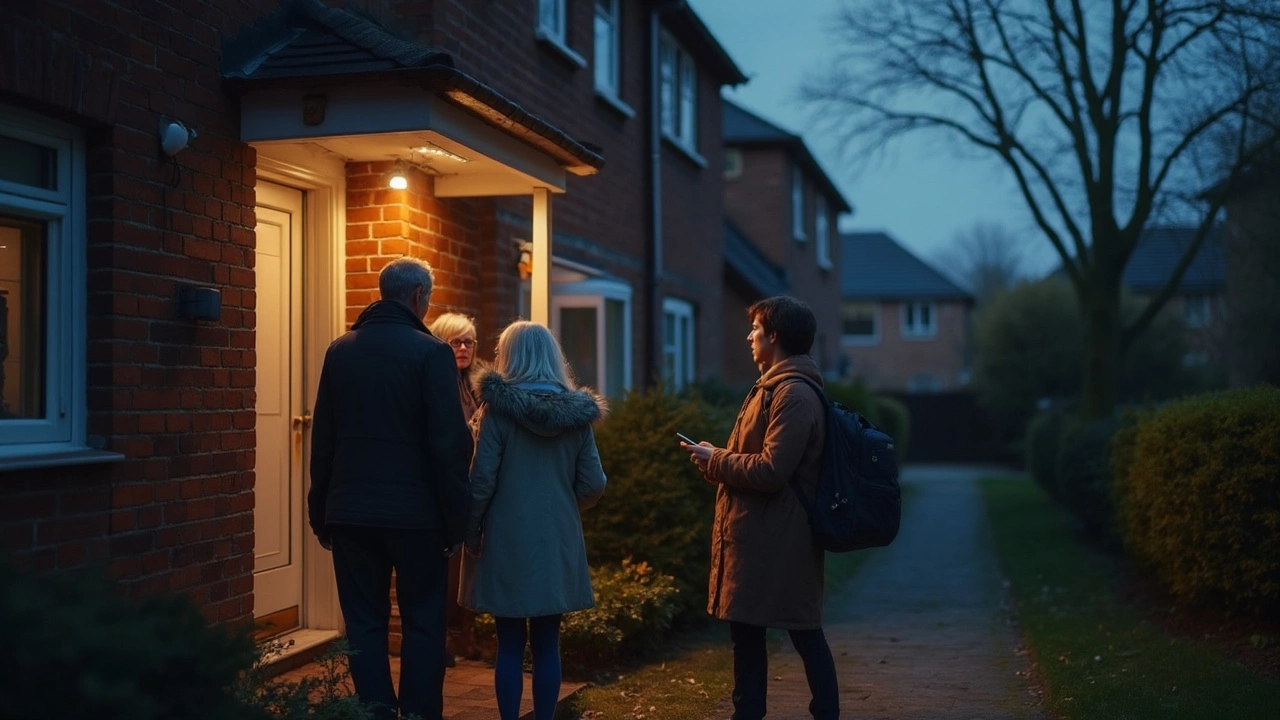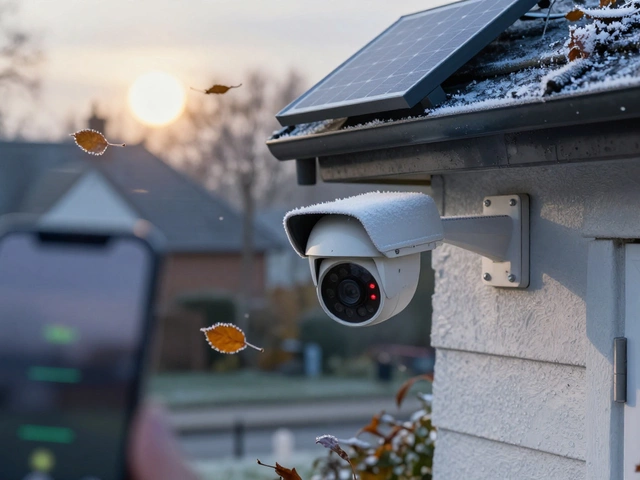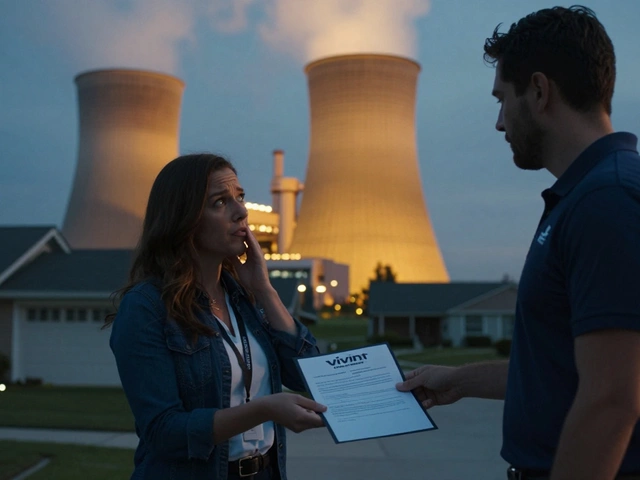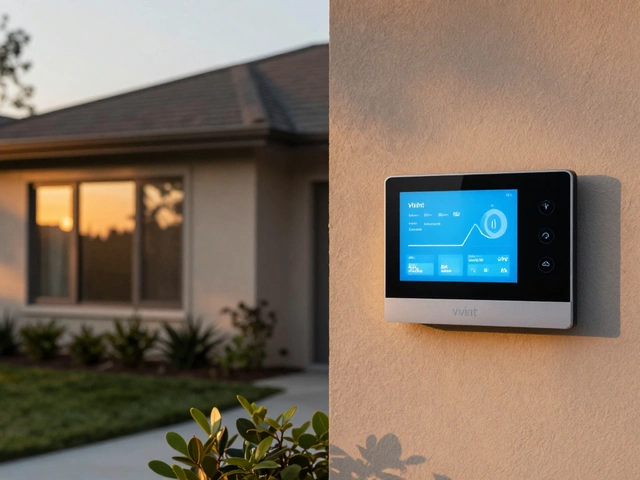Video Recording Essentials for Home Security
Ever wonder why a simple video clip can stop a break‑in before it even happens? The answer is plain: clear, reliable footage gives you proof, scares off thieves, and helps responders act fast. In this guide we break down the basics of video recording, point out the gear that actually works, and share quick tricks you can use today.
Why Video Recording Matters for Home Safety
First off, video isn’t just about watching TV at night. A well‑placed camera turns your house into a silent watchdog. When a burglar sees a lens, most will think twice – they know you have evidence and a faster police response. Even if they ignore the camera, the recording still captures the event, making insurance claims smoother and legal processes quicker.
Another big win is monitoring while you’re away. A quick glance at your phone lets you see what’s happening in real time. If you spot a strange car or a knocked‑over gate, you can call the police before anything escalates. This instant awareness is why many UK homeowners pair video with smart doorbells and motion sensors.
Best Ways to Capture Clear Footage
Now, let’s talk gear. The market is crowded, but you only need a few key features to get solid recordings:
- Resolution: Aim for at least 1080p. Anything lower looks blurry when you zoom in, and you’ll miss details like license plates.
- Night Vision: Infrared LEDs give you clear black‑and‑white video after dark. Look for cameras with a range of 10‑15 metres for most gardens.
- Field of View: Wide‑angle lenses (120°‑180°) cover more area, reducing blind spots.
- Power Source: Wired cameras stay on forever, but battery‑powered models are easier to install. Choose a battery that lasts six months or more.
- Storage: Cloud plans store videos off‑site, keeping them safe if a thief steals the device. If you prefer local storage, pick a camera with a microSD slot (32 GB is a good start).
Installation matters just as much as the camera itself. Mount cameras 2‑3 metres high, angled downwards, and avoid pointing directly at bright lights to stop glare. If you’re using a doorbell camera, make sure the transformer supplies the right voltage – most UK doorbells need 16‑24 VAC.
Don’t forget the software side. Set motion alerts to only trigger when something big moves; otherwise you’ll be flooded with notifications from pets or swaying branches. Most apps let you create zones, so you can ignore the driveway and focus on the back door.
Finally, keep your firmware up to date. Manufacturers release patches that fix security holes, and an updated camera stays protected from hackers trying to steal your footage.
Putting these steps together gives you a reliable video recording system that works day and night. Whether you opt for a full‑home setup or just a smart doorbell, clear footage is your best ally in keeping your property safe.
Ready to upgrade? Start with one camera in a high‑risk spot, test the settings, and expand as you get comfortable. You’ll soon notice how much peace of mind a simple video clip can bring.






